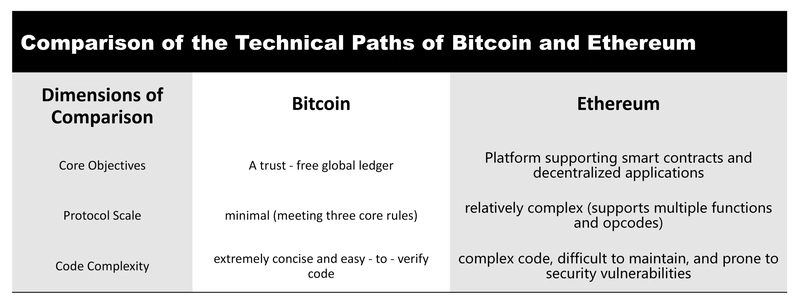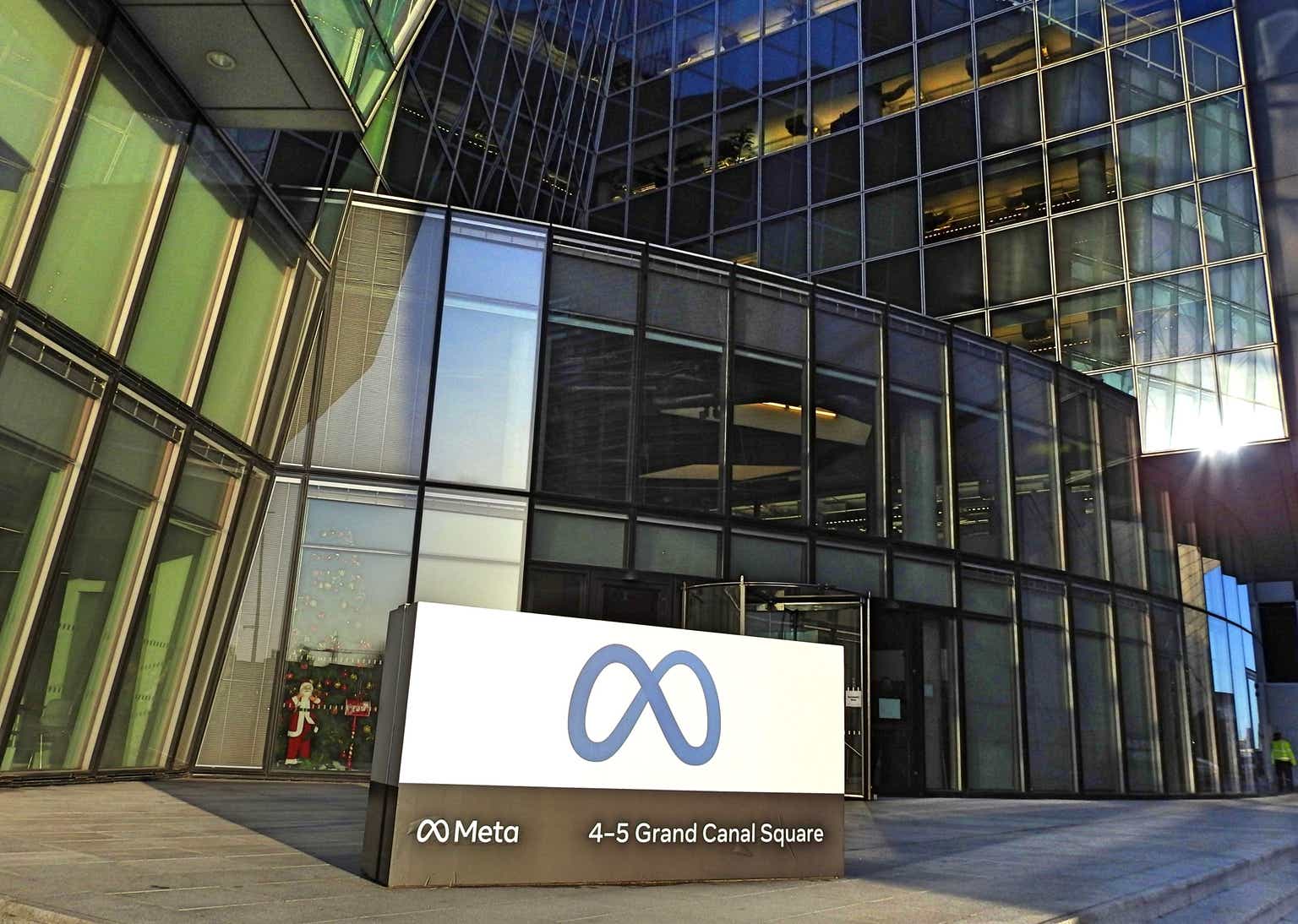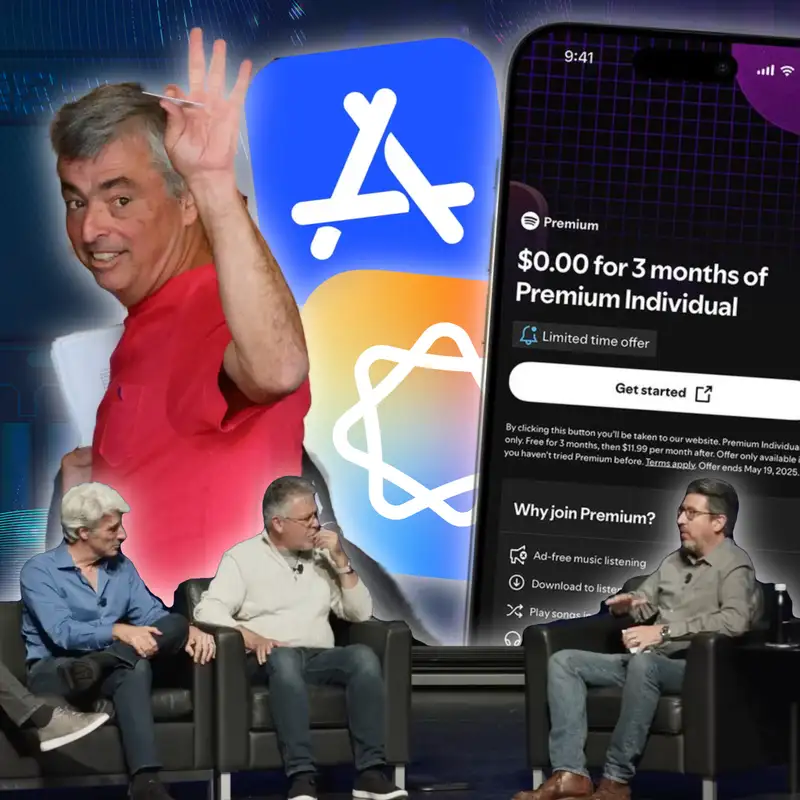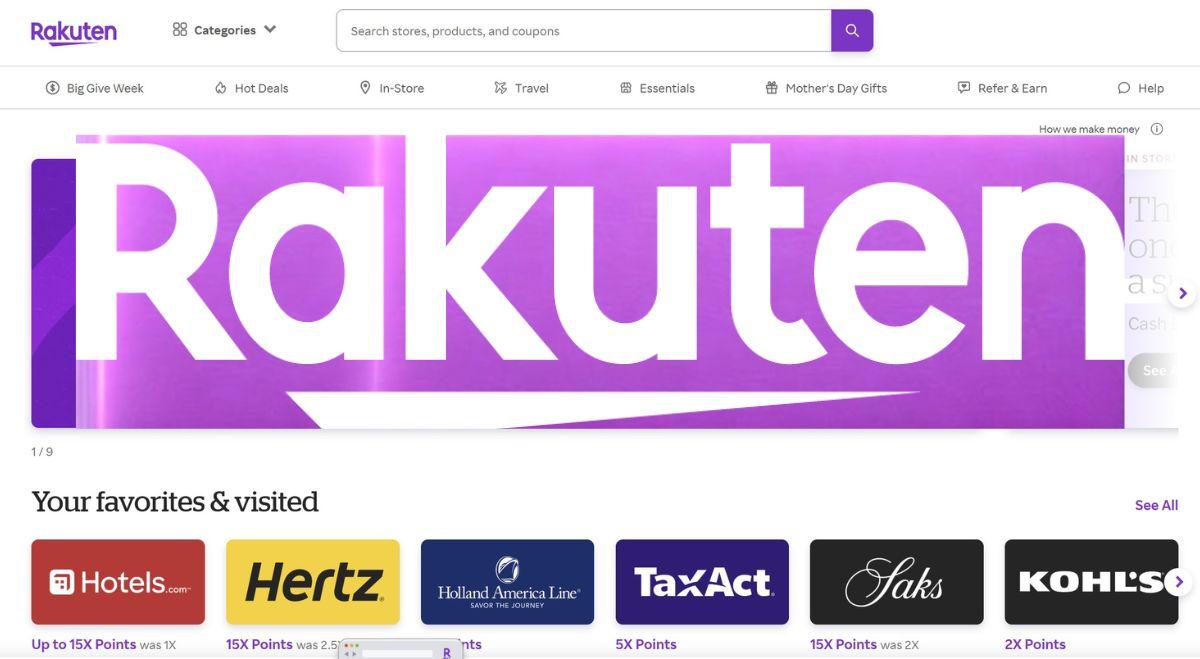Vitalik's Ambition: Making Ethereum "Bitcoin-like" Within Five Years
I. Vitalik's Ethereum Simplification Plan: From "Functionalism" to "Minimalism" In 2025, Ethereum co - founder Vitalik Buterin proposed a long - term plan to simplify Ethereum's core protocol to near Bitcoin's simplicity. The goal is to boost resilience and decentralization by reducing protocol complexity. The specific path includes: II. The Tug - of - War Between Simplicity and Functionality III. Layer2 Battleground: Why Are Ethereum's "Clones" Experiencing In - fighting? Despite Ethereum's expansion through Layer2 (similar to "sub - networks"), the ecosystem faces three major crises: Power Game: What Happened to Decentralization? The core controllers of top Layer2s (like Arbitrum) remain in the hands of development teams, causing users to fear a "comeback of centralization." Token economy malfunction: ARB and other tokens plummeted on launch. Instead, Coinbase's Base chain rose by "not issuing tokens and focusing on social features." External Rivalry Intensifies Solana attracts users with its 'second-level transactions,' while TON grows rapidly using Telegram's 900 million users. Ethereum's Layer2s are trapped in homogeneous competition: issuing points, doing airdrops, yet offering similar functions; Developer Complaints Creating DApps now is like opening a chain store – you have to redo the renovation on each Layer2, which is too costly! IV. ETF Approval: An Opportunity and A Shackle SEC Gives the Green Light: In May 2024, Ethereum spot ETFs were approved and began trading in July, drawing in $9 billion in the first week; Price Roller - Coaster: ETH surged to $3,700 but fell back to the $3,000 range as it couldn't be used as collateral (due to fears of being deemed a security); Future Effects: Institutional funds may flow to Layer2 tokens and AI projects (like rendering network RNDR), intensifying market segmentation; Regulatory Aftermath: The inability to use ETFs as collateral is akin to buying gold but not being able to earn interest from a bank. This reduces long - term appeal; V. The Greatest Challenge of the Five - Year Plan: High Hopes vs. Harsh Reality Switching to RISC - V architecture requires rewriting smart contracts. Veteran developers ask,"What's the difference between this and learning a new programming language?" Risk of Community Split: Some argue that current ZK - Rollup tech suffices, and further changes are unnecessary; User - base growth lags behind the rate of Gas - fee reduction. The revenue from the DA layer (data storage) can't support the ecosystem; The envisioned "explosion of modular applications" remains elusive. Do you believe in Vitalik's five - year gamble?

I. Vitalik's Ethereum Simplification Plan: From "Functionalism" to "Minimalism"
In 2025, Ethereum co - founder Vitalik Buterin proposed a long - term plan to simplify Ethereum's core protocol to near Bitcoin's simplicity. The goal is to boost resilience and decentralization by reducing protocol complexity. The specific path includes:

II. The Tug - of - War Between Simplicity and Functionality

III. Layer2 Battleground: Why Are Ethereum's "Clones" Experiencing In - fighting?
Despite Ethereum's expansion through Layer2 (similar to "sub - networks"), the ecosystem faces three major crises:
-
Power Game: What Happened to Decentralization?
- The core controllers of top Layer2s (like Arbitrum) remain in the hands of development teams, causing users to fear a "comeback of centralization."
- Token economy malfunction: ARB and other tokens plummeted on launch. Instead, Coinbase's Base chain rose by "not issuing tokens and focusing on social features."
External Rivalry Intensifies
-
Solana attracts users with its 'second-level transactions,' while TON grows rapidly using Telegram's 900 million users.
- Ethereum's Layer2s are trapped in homogeneous competition: issuing points, doing airdrops, yet offering similar functions;
Developer Complaints
Creating DApps now is like opening a chain store – you have to redo the renovation on each Layer2, which is too costly!
IV. ETF Approval: An Opportunity and A Shackle
- SEC Gives the Green Light: In May 2024, Ethereum spot ETFs were approved and began trading in July, drawing in $9 billion in the first week;
- Price Roller - Coaster: ETH surged to $3,700 but fell back to the $3,000 range as it couldn't be used as collateral (due to fears of being deemed a security);
Future Effects:
- Institutional funds may flow to Layer2 tokens and AI projects (like rendering network RNDR), intensifying market segmentation;
- Regulatory Aftermath: The inability to use ETFs as collateral is akin to buying gold but not being able to earn interest from a bank. This reduces long - term appeal;
V. The Greatest Challenge of the Five - Year Plan: High Hopes vs. Harsh Reality
- Switching to RISC - V architecture requires rewriting smart contracts. Veteran developers ask,"What's the difference between this and learning a new programming language?"
- Risk of Community Split: Some argue that current ZK - Rollup tech suffices, and further changes are unnecessary;
- User - base growth lags behind the rate of Gas - fee reduction. The revenue from the DA layer (data storage) can't support the ecosystem;
The envisioned "explosion of modular applications" remains elusive. Do you believe in Vitalik's five - year gamble?









































































